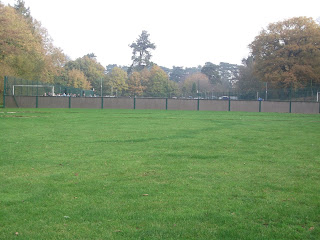Analysis Of Documentary Process
In class we looked upon our documentary and evaluated what was
the successful and what needed improving when looking at making
the final documentary.
the successful and what needed improving when looking at making
the final documentary.
 |
| One Shot |
Camera Angles: During the interview filming
we used the camera angle 'two shot' as this clearly
we used the camera angle 'two shot' as this clearly
showed to the audience the interviewer and the
interviewee, which also showed reactions.
This is an appropriate shot to use in the filming
of our main task,equally effective would be a one
shot but with a voice-over with the questions
so the focus is on the interviewee.
interviewee, which also showed reactions.
This is an appropriate shot to use in the filming
of our main task,equally effective would be a one
shot but with a voice-over with the questions
so the focus is on the interviewee.
 |
| PreviewTwo Shot |
We also worked an the opening/introduction to our documentary.
We decided we would use sped up video of the route of the car
journey heading into both the private school and public school.
After filming the footage we decided it was an effective way of
showing a clear difference between the two. The camera angle used
was a panning shot used through the windscreen of a car.
We decided we would use sped up video of the route of the car
journey heading into both the private school and public school.
After filming the footage we decided it was an effective way of
showing a clear difference between the two. The camera angle used
was a panning shot used through the windscreen of a car.
Here are the two screenshot from Google Maps of the route we took
and the entrances to the
and the entrances to the
public school (Heathside School) and the private school (St Georges College)
 |
| St Georges College |
 |
| Heathside School |
































